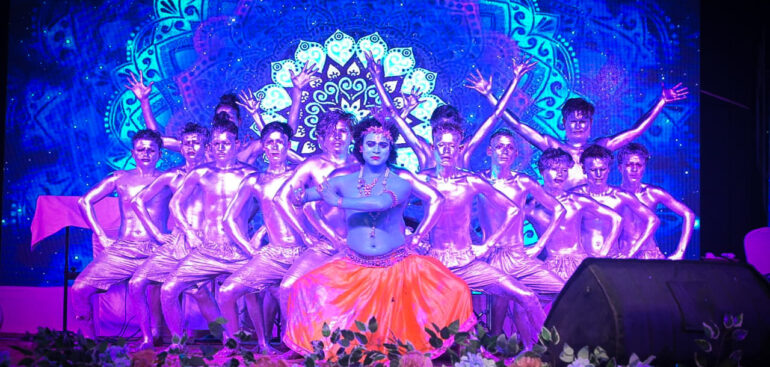Dance has been an integral part of Indian culture for centuries, serving as a medium to celebrate, express, and preserve traditions. Dance groups in India, both classical and modern, have evolved over the years, captivating audiences and transforming how dance influences culture and society. The popularity of dance groups, like the renowned Prince Dance Group, has highlighted how dance can bridge diverse communities, foster social change, and even inspire the youth. This blog explores the profound impact these popular dance groups in India have on culture and society.
Preservation and Promotion of Cultural Heritage
Popular dance groups in India play a significant role in preserving India’s rich cultural heritage. Many groups perform classical dance forms like Bharatanatyam, Kathak, Odissi, and Kuchipudi, bringing ancient art forms to contemporary audiences. By blending traditional elements with creative choreography, these groups keep the essence of Indian heritage alive, making it accessible to younger generations and appealing to global audiences. Dance groups like the Prince Dance Group have achieved widespread fame by creatively showcasing cultural stories, folklore, and religious epics through mesmerizing performances.
Unifying Diverse Communities
India is a diverse country with multiple cultures, religions, and languages. Dance groups have become symbols of unity, bringing together people from various backgrounds. By performing dance forms from different regions, dance groups promote inclusivity and create a sense of national pride. For example, popular Bollywood dance troupes incorporate styles from classical Indian dance to Western hip-hop, resonating with audiences from all walks of life. This fusion not only entertains but also brings an understanding of India’s pluralistic culture, allowing people to appreciate each other’s traditions and stories.
Inspiring Social Change
Dance groups have also become platforms for raising social awareness and driving change. Performances addressing issues such as gender equality, environmental awareness, and mental health are becoming more common, allowing audiences to connect deeply with important social messages. For instance, dance groups are increasingly tackling issues of poverty, gender bias, and religious harmony, offering hope and inspiring action. By using dance as a storytelling tool, these groups evoke empathy, create dialogue, and challenge social norms, thus influencing a broader societal transformation.
Enhancing Youth Engagement and Employment
With the rise of reality dance shows and the popularity of social media, the younger generation in India is increasingly interested in dance as a career option. Popular dance groups not only provide training but also create employment opportunities for aspiring dancers. The influence of groups like Prince Dance Group has made dance an appealing profession, with youngsters viewing it as a respectable and viable career path. Additionally, these dance groups have established a thriving community that nurtures talent, builds discipline, and promotes healthy competition.
Global Recognition and Cultural Exchange
Indian dance groups have played a crucial role in gaining global recognition for Indian culture. With performances in international venues and collaborations with artists worldwide, Indian dance groups introduce the world to India’s artistic diversity. Dance groups often adapt their performances for global audiences, leading to cultural exchange and fostering cross-cultural understanding. For example, fusion groups that blend Indian classical dance with jazz, hip-hop, or ballet showcase the adaptability and versatility of Indian dance forms, making them appealing worldwide.
Boosting the Performing Arts Industry
The influence of popular dance groups extends beyond culture into economic contributions. Dance troupes are essential for India’s performing arts industry, driving interest and investments in festivals, concerts, and events. Popular groups often perform at weddings, corporate events, and even international tourism events, making Indian dance a dynamic part of the entertainment industry. This popularity has stimulated the growth of dance academies, workshops, and competitions across India, helping the arts flourish economically and culturally.
Conclusion
The impact of popular dance groups in India is far-reaching, touching cultural, social, and economic aspects of society. From preserving cultural heritage and uniting communities to inspiring social change and fostering talent, dance groups have become pillars of modern Indian society. As groups like Prince Dance Group continue to innovate and reach wider audiences, they reinforce dance as a powerful, unifying force, integral to India’s identity.


